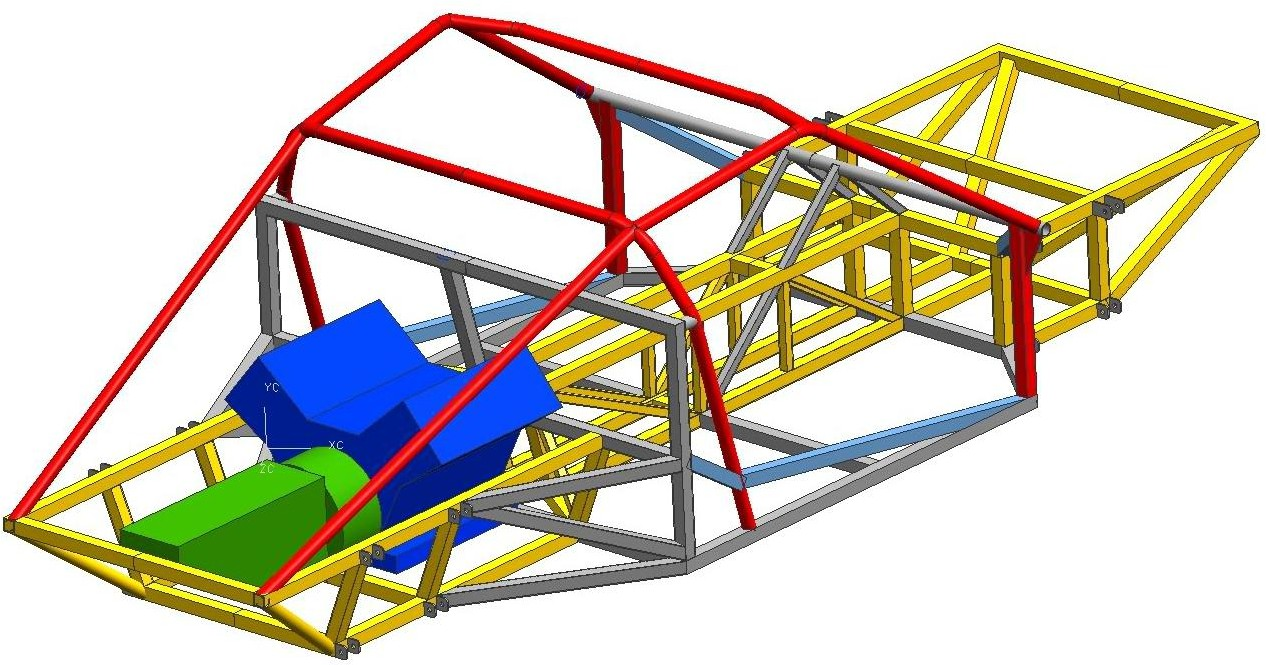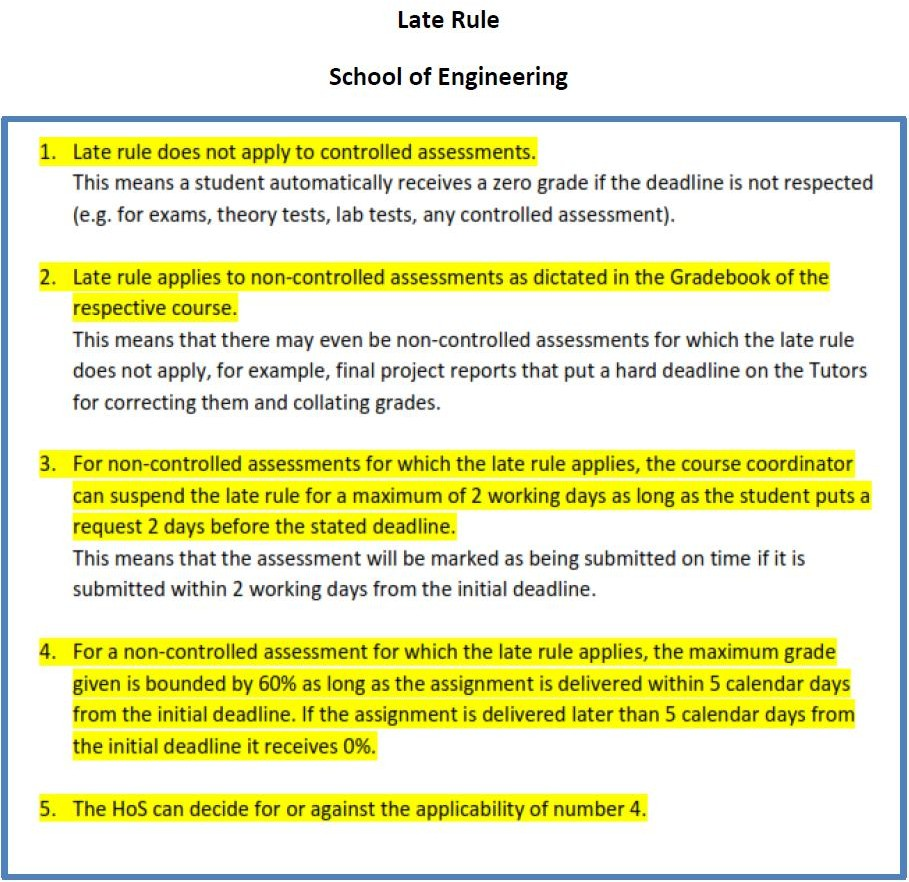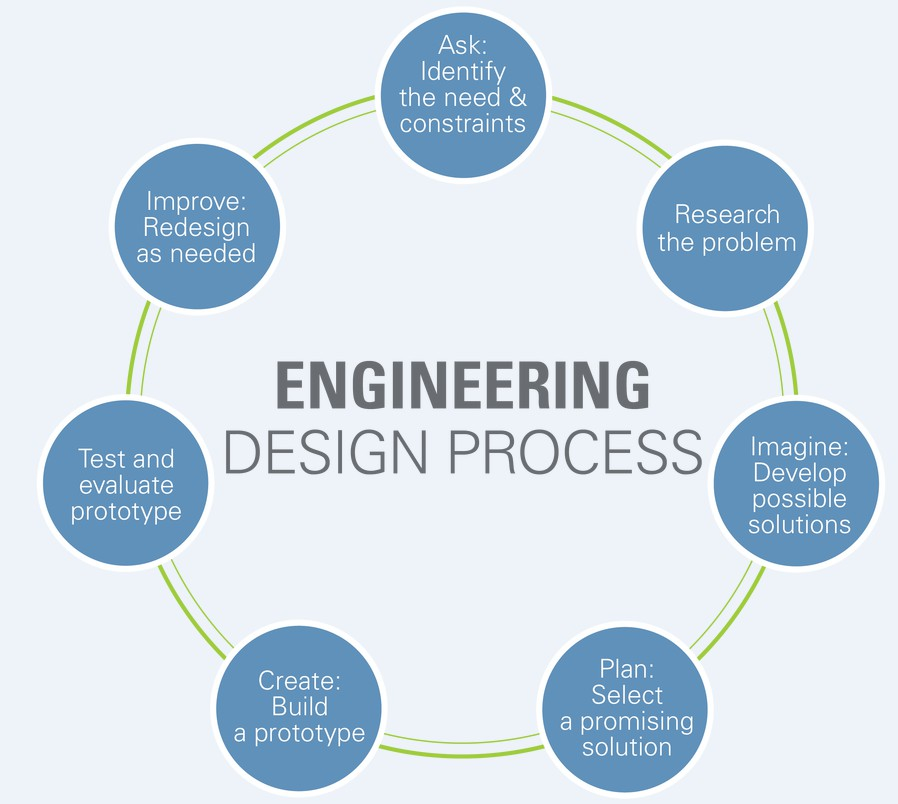Chassis Design and Analysis for a Two-Seater Electric Vehicle EN7923T
- Subject Code :
EN7923T
Assessment Cover Sheet
Assessment Title - Chassis Design
Assessment Type -
Course Title - Mechanical Project 1
Course Code - EN7923T
Due Date - 21st July 2025
Internal Moderators Name - Fawaz Jalal
External Examiners Name
Instructions:
- This cover sheet must be completed (section in Blue below) and attached to your assessment before submission in soft copy.
- The time allowed for this assessment is 14
- This assessment carries 60 marks distributed to a total of 1 question assessing CILO 1,2 &3.
- The materials allowed for use in this assessment are Moodle materials, SOLIDWORKS S/w, Access Library
- The use of generative AI tools is strictly prohibited .
- References consulted (if any) must be properly acknowledged and
- The assessment has a total of 8
Course: Mechanical Project - 1
Course Code: EN7923T Level: 7
Credits: 30

Course Coordinator: Mohamad El Zayyat
Tutor: Hussain Maki, Fawaz Jalal
EN7923T Mechanical Project-1 Assignment 3 (Individual)
|
Programme |
Bachelor of Engineering Technology - Mechanical |
||
|
Course |
EN7923T: Mechanical Project- 1 |
||
|
Assessment type |
Assignment 3 |
||
|
Assessment Submission Date |
21 st July 2025, 11:59pm. ( LATE rule : Standard late Rule policy is applied. Please refer to Moodle for details) |
||
|
Submission Criteria |
Submissions to be done on Turn-it-in before the deadline. |
||
|
Marks And Pass |
Total Mark in this assessment: 100 A pass in this subject is an aggregated mark greater than 60%. |
||
|
Weightage |
30% |
||
|
Learning Outcomes assessed |
1. Demonstrate advanced knowledge of the applied loadings and construction material in terms of stress, strain, stress planes, stress concentrations and failure; for a set of performance criteria and evaluate mechanical components. 2. Produce detailed manufacturing engineering drawings using 3D CAD for engineering components and assemblies to meet industry quality and |
||
|
technical standards. |
|||
|
Instructions |
Detailed instructions are shown with marking rubric. |
||
|
This is an individual assignment. |
|||

Introduction to Chassis Design
As an individual, you must carry out relevant research on the required chassis for your chosen vehicle (Two-seater electric car), focusing upon the effectiveness of your chosen chassis design. You are required to Identify and appraise client information to determine design parameters or specifications (where-ever applicable), quantify general constraints impacting chassis function.
Once these general constraints have been identified and quantified, you should begin to design your specifically selected individual model, using the above as your guideline. Your chassis will be a product of your individual work, and must be sized to suit your personal ergonomics.
Design Processing and Materials Selection
First of all, you are required to identify a suitable type of chassis for your vehicle from a number of possible options, which will satisfy all the functional requirements by using a relevant, valid evaluation method.
Your overall goal for the next task is to illustrate how systematic selection procedures can be used to select the optimum geometry, specification and material for the chassis of your vehicle from several possible options.
Some advice-
You could follow these general steps as defined in the Engineering Design Process example:
- Analysis of the performance requirements
- Developments of the alternative solutions to the problem
- Evaluation of the different solutions
- Decision on the optimum solutions

Note: Your approach in each and every section while writing the report should be pragmatic (i.e., practical, logical and realistic.)
The following techniques of material selection could also be used to select optimum material for the chassis of your chosen vehicle.
- Classical procedure
- involves functional analysis and materials property specifications
- Imitative procedure
- What materials have been used for a similar component?
- Comparative procedure
- cheap and well-known materials has been used for a
It is highly recommended that you develop the criteria with justification for selection of the appropriate type of chassis and its optimum material and then evaluate the possible options against these criteria. The methods you use and the way you present your findings are solely up to you.
The final selection must be clearly justified--- which one you will use and why??
Final design and analysis
In this section briefly discuss the design methodology or approach you have adopted in designing your chassis.
You are then required to produce a 3D model of your chassis. You are recommended to use Solidworks software to prepare your 3D model. Take utmost care to fully define your mating faces or weldment joints. (Tip- ensuring that mating faces / surfaces correctly mesh at this stage will save you a lot of time later when the simulations are run)
Once your final model is ready, apply your material (the one you have selected previously) and hence measure your chassis weight.
Finally present an engineering drawing of your model showing only the overall dimension (length, width and height) of your car. This will not be the final design but can be used to further illustrate your conceptual processes.
Ergonomics
Ergonomics is the science of the interaction between the human and the system he/she operates within, the relationship of the human to structure interface, whatever that structure, object or system may be. You need to consider the elements of ergonomics of your design, such as (but not limited to) the drivers line of sight, controls and any other factors or elements you deem relevant or important.
You need to gather (research) anthropometric data or tables so that your vehicle can be ergonomically designed for you personally. You are free to refer to any relevant source, article or journals.
Note your chassis should be designed to fit you, use your anthropometric data your physical size and shape to define the relevant dimensions.
Your model should show these dimensions.
Marking Criteria Grades applied for discussion in each individual answer with justification will be assessed in the following manner.
|
Item |
Grade |
||||
|
Task completed to an excellent standard, with optimized relevant information to each task showing significant conceptual development |
Task completed to good standard, relevant information included with some limited related conceptual growth |
Task completed to the basic standard, undeveloped conceptually from rudimentary principles, theoretical information included with context |
Task not completed satisfactoril y- very limited relevance established |
||
|
Task 1 (Design Processing) LO=1 |
20- 17 |
16.9- 14 |
13.9- 12 |
11.9- 0 |
|
|
Task 2 (Material Selection) LO- 2 |
20- 17 |
16.9- 14 |
13.9- 12 |
11.9- 0 |
|
|
Task 3 (Final Design and Analysis including 3 D model ,CG calculation and FOS.)LO- 1 and LO- 2 |
20- 17 |
16.9- 14 |
13.9- 12 |
11.9- 0 |
|
|
Task-4 (Ergonomics) LO-1 and 2 |
20- 17 |
16.9- 14 |
13.9- 12 |
11.9- 0 |
|
|
Task-5 (Individual Design and Engineering drawing with cut list)--- LO2 |
20- 17 |
16.9- 14 |
13.9- 12 |
11.9- 0 |
|
Total marks 100

